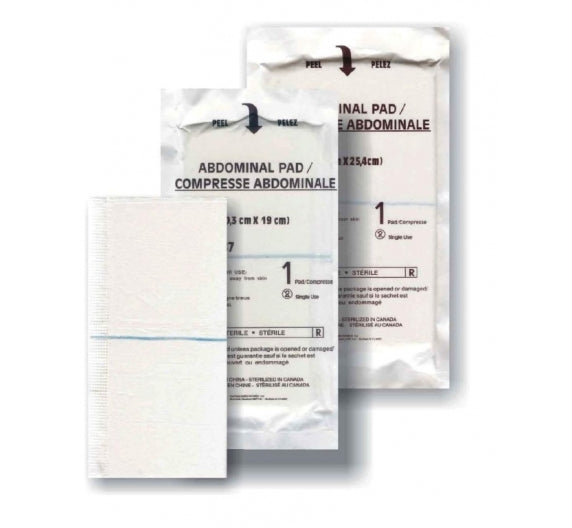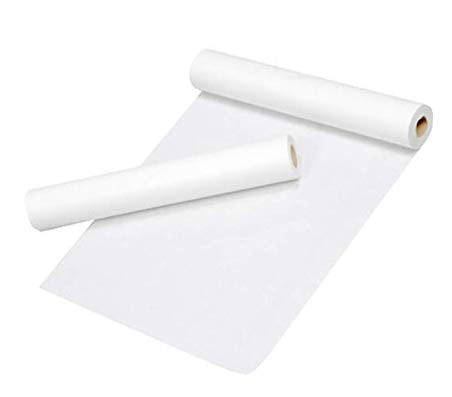Slip Tip Syringe vs Luer Lock Syringe
Medical Syringes
If you've ever needed to administer medication, fill cartridges, or transfer fluids, you've likely come across two common types of syringes: the slip tip syringe and the luer lock syringe. While they may look similar, there are some key differences between the two that make them better suited for certain applications.
The Slip Tip Syringe
The slip tip syringe, also known as a slip tip needle or a luer slip syringe, is designed with a smooth, cone-shaped tip that fits onto a needle hub. This design allows for the needle to easily slip onto the tip of the syringe, hence the name "slip tip." The needle is held in place by friction, making it easy to attach and detach as needed.
Slip tip syringes are commonly used in the medical field for administering medication subcutaneously or intramuscularly. They're also used in the industrial sector for transferring fluids or filling cartridges. Because the needle is not locked in place, slip tip syringes are not recommended for high-pressure applications.
On the other hand, slip tip syringes are commonly used in medical disciplines where low-pressure applications are required, such as:
- Pediatrics: Slip tip syringes are often used for administering medication subcutaneously or orally to infants and young children.
- Endocrinology: Slip tip syringes are used for administering insulin to patients with diabetes.
- Allergy and immunology: Slip tip syringes are used for administering allergy shots.
- Infectious disease: Slip tip syringes are used for administering intramuscular injections of antibiotics or other medications.
Examples of Slip Tip Syringes
BD 1 ml Slip Tip Sterile Syringe
Terumo 1 ml Slip Tip Sterile Syringe
The Luer Lock Syringe
The luer lock syringe, also known as a threaded tip syringe or a luer fitting, has a tip with a series of threads on the outside. The needle hub has a matching set of threads on the inside, allowing it to be screwed securely onto the syringe. The threads provide a tight seal, making the connection between the needle and syringe leak-proof.
Luer lock syringes are commonly used for high-pressure applications, such as transferring viscous fluids, injecting contrast media during medical imaging, or administering medication intravenously. The secure connection between the needle and syringe prevents the needle from becoming detached during use, reducing the risk of injury or contamination.
Luer lock syringes are commonly used in medical disciplines where high-pressure applications are necessary, such as:
- Radiology: Luer lock syringes are used for injecting contrast media into veins for imaging procedures such as CT scans, MRIs, and X-rays.
- Anesthesiology: Luer lock syringes are used for administering medication intravenously to patients during surgical procedures.
- Oncology: Luer lock syringes are used for administering chemotherapy drugs intravenously.
- Critical care medicine: Luer lock syringes are used for delivering medications and fluids to critically ill patients through IV lines.
Examples of Luer Lock Syringes
BD 1ml Luer Lok Sterile Syringe
BD 3ml Luer Lok Sterile Syringe
BD 5ml Luer Lok Sterile Syringe
BD 10ml Luer Lok Sterile Syringe
Which Syringe Should You Use?
The choice between a slip tip and luer lock syringe will depend on the application. If you're administering medication subcutaneously or transferring fluids at low pressure, a slip tip syringe may be sufficient. If you're injecting medication intravenously or working with high-pressure fluids, a luer lock syringe is the safer option.
In the medical field, luer lock syringes are commonly used for administering vaccines, drawing blood, and inserting contrast media for imaging procedures.
Which Syringe Should You Use in Medical Aesthetics?
In the field of medical aesthetics, both slip tip and luer lock syringes are commonly used for injecting dermal fillers and neurotoxins such as Botox. The choice of syringe depends on the injector's preference and the specific requirements of the procedure.
Luer lock syringes are often preferred for procedures that require precision and accuracy, such as:
- Lip injections: Luer lock syringes can be used to inject small amounts of filler into the lips, which require precise placement for natural-looking results.
- Tear trough filler: Luer lock syringes are commonly used for injecting filler under the eyes to minimize the appearance of dark circles and hollows.
- Fine lines and wrinkles: Luer lock syringes can be used to inject small amounts of filler or neurotoxin into fine lines and wrinkles on the face.
On the other hand, slip tip syringes are often preferred for procedures that require larger volumes of filler, such as:
- Cheek and chin filler: Slip tip syringes can be used to inject larger volumes of filler into the cheeks and chin to create volume and contour.
- Jawline filler: Slip tip syringes can be used to inject larger volumes of filler into the jawline to create a more defined and contoured appearance.
- Non-surgical nose job: Slip tip syringes can be used to inject larger volumes of filler into the nose to reshape and contour it.
In summary, both slip tip and luer lock syringes can be used for various medical aesthetic procedures, with luer lock syringes being preferred for precise and accurate injections, and slip tip syringes being preferred for larger volume injections. The choice of syringe ultimately depends on the specific requirements of the procedure and the injector's preference.
Conclusion
Both slip tip and luer lock syringes have their advantages and disadvantages, and the choice between the two will depend on the application. Slip tip syringes are easier to use and are ideal for low-pressure applications, while luer lock syringes are designed for high-pressure applications and provide a secure, leak-proof connection between the needle and syringe. Whether you're administering medication, filling cartridges, or transferring fluids, choosing the right syringe is critical for achieving optimal results.
Examples of Slip Tip Syringes
BD 1 ml Slip Tip Sterile Syringe
Terumo 1 ml Slip Tip Sterile Syringe
Examples of Luer Lock Syringes
BD 1ml Luer Lok Sterile Syringe
BD 1ml Slip Tip Sterile Syringe



